Noctua has released the NA-FD1 tunnel and the NH-L9i low-profile cooler is now compatible with LGA 1700
Wind tunnels in the case above the cooler have formerly been rather common, but have gradually disappeared over time, however this does not mean that they are useless. Noctua now introduces such a tunnel. It is installed on the cooler and should increase its effectivity. This can be of benefit to small coolers on big CPUs. Simultaneously with this tunnel the 37mm high top-flow NH-L9i-17xx, which aims to take on the Alder Lake processors.
The remarkable Noctua NA-FD1 tunnel is designed for small cases (SFF) and can not be installed into a bigger one, lacking the required height. The NA-FD1 is compatible with cases, that a have 5 to 45 mm gap between the CPU cooler fan and the side. Understandably a perforated coat in an axis diagonal to the cooler fan is another condition.
It is the NA-FD1s task to prevent admission of hot air from the cases inside and to allow the cooler to draw cooler air from the exterior room. Internal measurements by Noctua suggest that the heating of CPU cores can be decreased by about six degrees Celsius. Given the NH-L9a cooler with Ryzen 5 5600X@4 GHz CPU in a Loque Ghost S1 case, Noctua states an improvement from 94.5 °C to 88.3 °C. Given the Intel platform with a Core i9-11900@3.8 GHz CPU, an NH-L9i cooler, a similar difference between 98.7 °C and 92.8 °C can be observed even in a different case (DAN Cases A4-SFX).
To maximise the compatibility with various cases, the tunnel consists of a set of plates with various thickness. The final height can therefore be adjusted practically by millimeters, the scale is wide. The foam-like material is flexible, so even in the case of an imperfect fit, it can be squeezed into place. The soft material further absorbs vibrations that could be otherwise transferred into the case causing sound emissions. Additionally the foam used, has a closed-cell structure, which means that with enough pressure from the respective parts it becomes airtight, therefore no pressure is lost while traveling its tube.
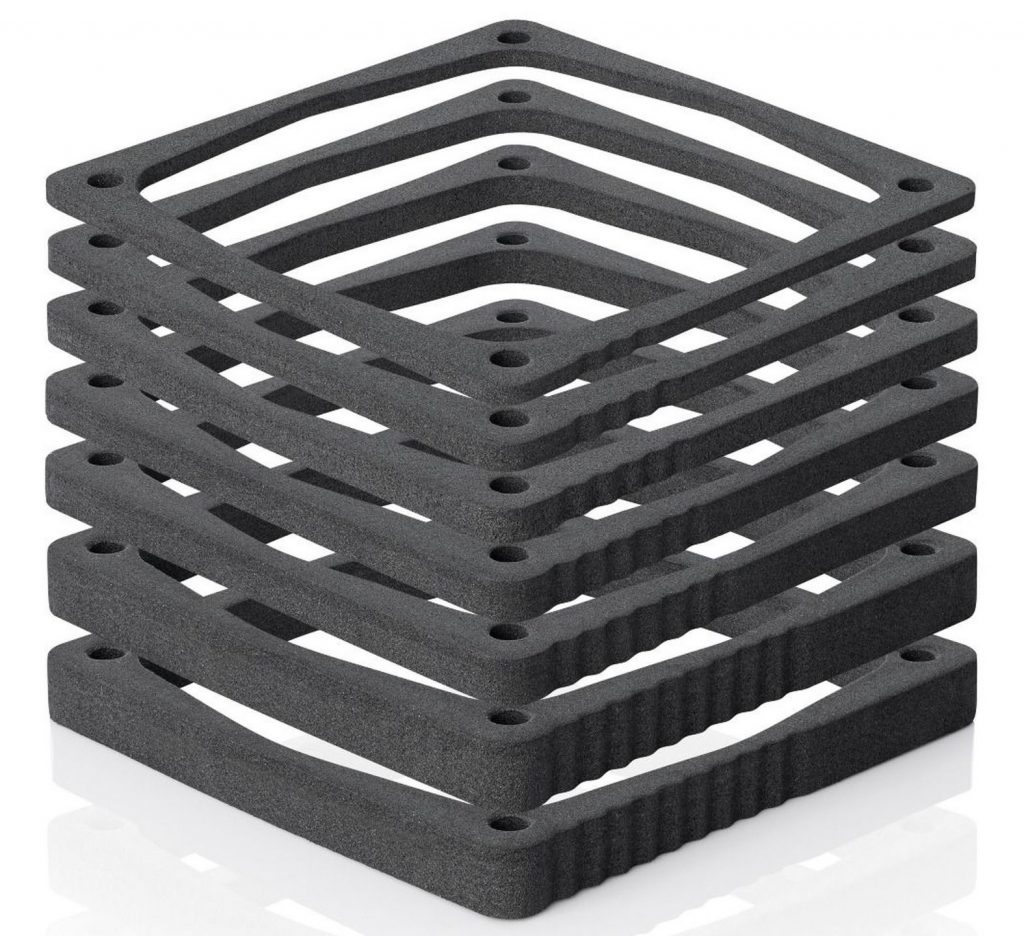
For a correct installation you will require more tools, and rather unusual ones. Noctua recommends a toothpick, a pencil, scissors, a ruler and a screwdriver with a Phillips PH2 tip. The assembly procedure is mostly about measurement and consequent modification. You start with making the toothpick touch the cooler fan through the perforation of the case. Thereafter you make a mark next to the casewall on the exterior part of the toothpick, to establish the presumed height required. Subtract the thickness of the case wall (especially the smaller cases can have panel with a thickness of multiple millimeters). This is where you use the ruler. A caliper, or a micrometer, would naturally make better tools for this task, but it is not as common to have them at home.
Once you know, how high the tunnel should be, the montage to the cooler follows. Beginning with loosening the screws, that fix the fan to the passive cooler, to be replaced by “special” screws from the NA-FD1 kit. The “specialty” is the head reaching about a centimeter above the fan. This elongated part is then fitted with tight tubes for the tunnel to slide on. Use the scissor to cut the tubes to the required length. Done. Noctua also provides some nice visual aids.
The tunnel should not only decrease the heating (where by the cooling effectivity is increased), but reduce the noise as well. Noctua adds that with higher coolers, that get close to the air intake perforation of the casewall stronger turbulences can form and thereby raise the noise level. The usage of the tunnel should at least partly eliminate such turbulences. The tunnel is only compatible with NH-L9a (for AMD CPUs) and NH-L9i (for Intel CPUs) coolers. It will not work with other coolers, including the higher top-flow NH-L9x65 models (SE-AM4). It also fits the “new” NH-L9i-17xx (chromax.black), or rather the old NH-L9i (chromax.black) coolers with Intel LGA 1700 support. The only difference are the holders with a wider pitch.
Alder Lake CPU support is a relatively bold move, because it includes all K (Core i5-12600K, Core i7-12700K and Core i9-12900K) and KF (Core i5-12600KF, Core i7-12700KF and Core i9-12900KF) models. Although with a „medium turbo/overclocking headroom“ remark and power supply being limited to the TDP level (125 W) are naturally expected. And even so the heating will be higher and the cooler noisier. A quieter operation of the NH-L9i-17xx might come next year with 65 W models without an open multiplier (marked K/KF) and a very quiet one with T models with a TDP of only 35W.
When compared to the NH-L9i, the NH-L9i-17xx cooler has not even changed its base. Even the older Noctua coolers are in this regard well prepared and able to completely cover even the elongated IHS of Alder Lake CPUs. This is further confirmed by the Core i9-12900K imprint on the Noctua NH-U14S cooler. The passive cooler and the fan of the NH-L9i-17xx are identical with NH-L9i. The used NF-A9x14 PWM fan has a 92 mm format with a height decreased to 14mm and cools a smaller dual-heat pipe radiator on a 600–2500 revolutions per minute. The total height of the cooler including the fan is 37 mm and the total weight is 385 g.
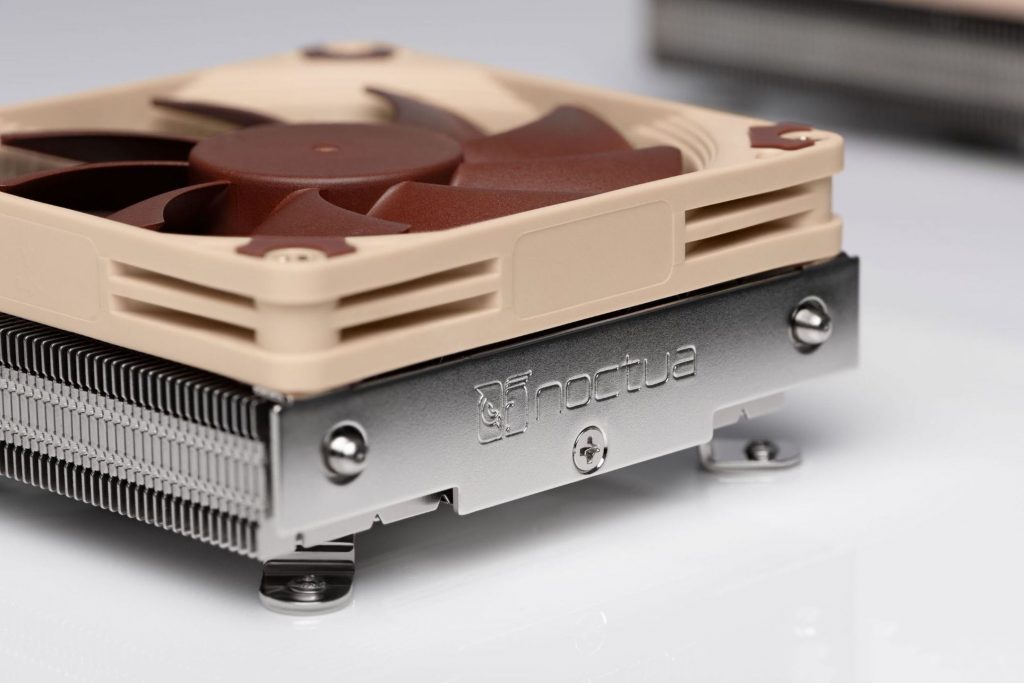
The recommended end price of the Noctua NH-L9i-17xx cooler is € 44,90, the black chromax.black variant should have a € 10 surcharge. For a NA-FD1 tunnel, you should not have to pay significantly more than 12,90 €. Both products are currently soldon Amazon, soon to be available at TichéPC.sk as well.
English translation and edit by Karol Démuth





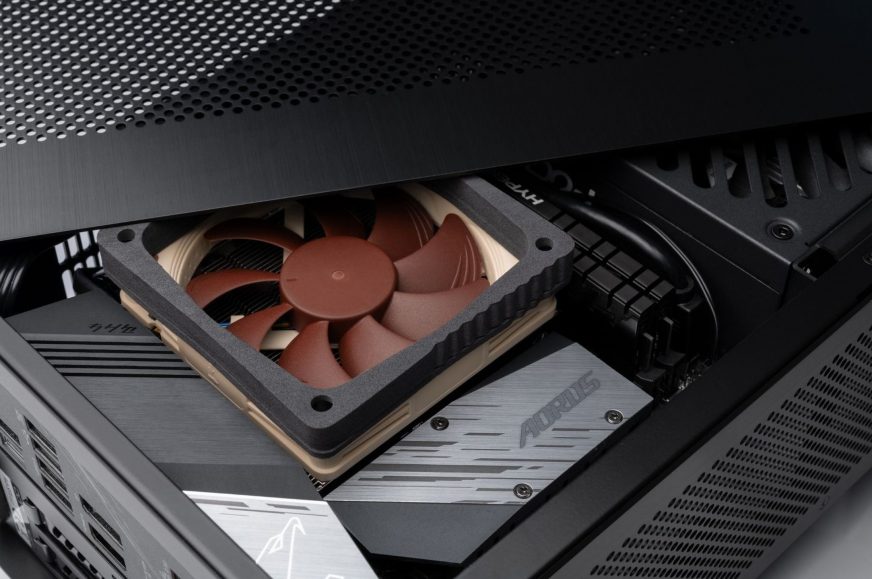
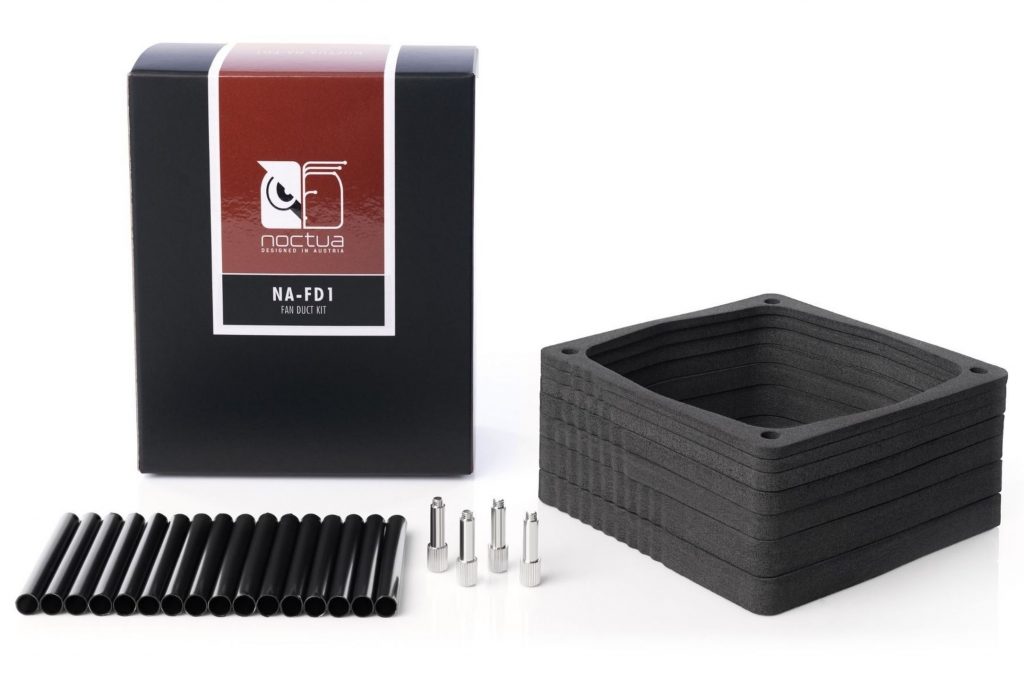
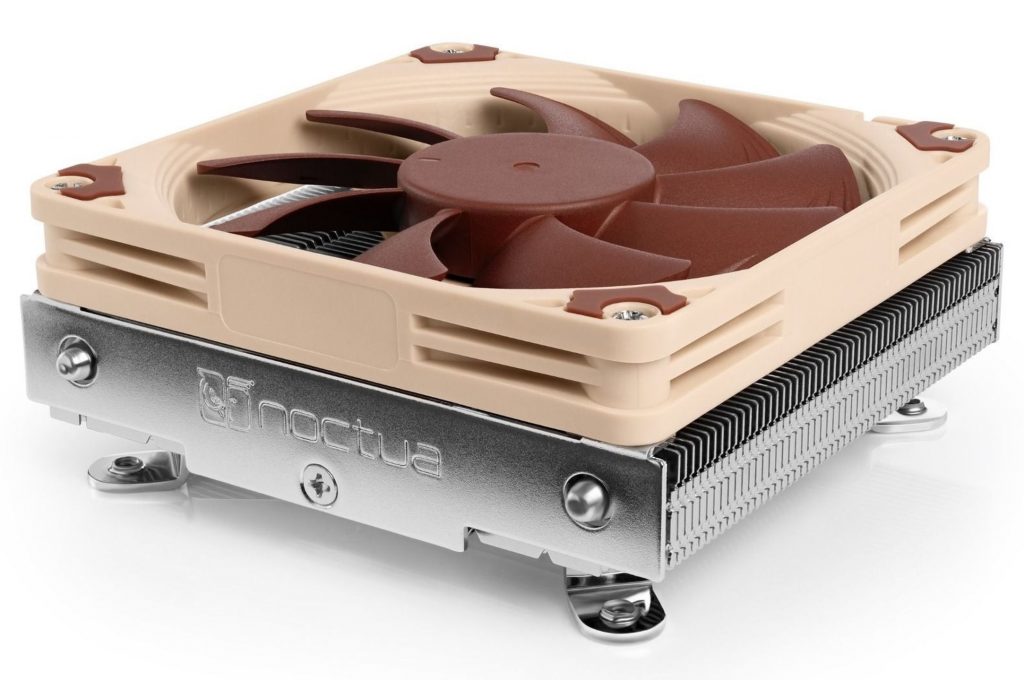
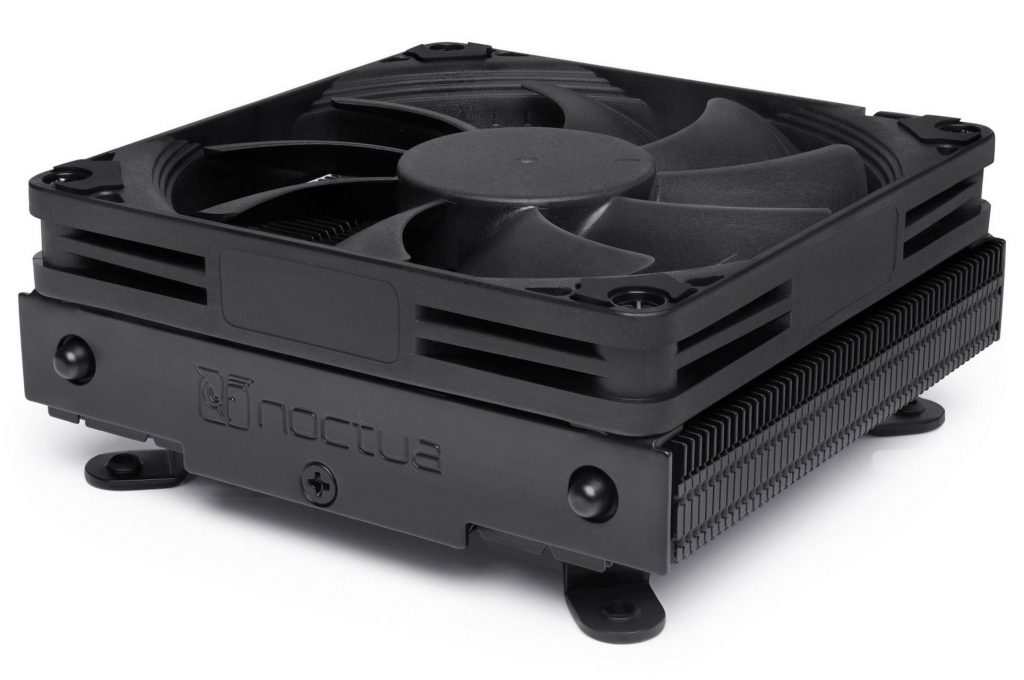
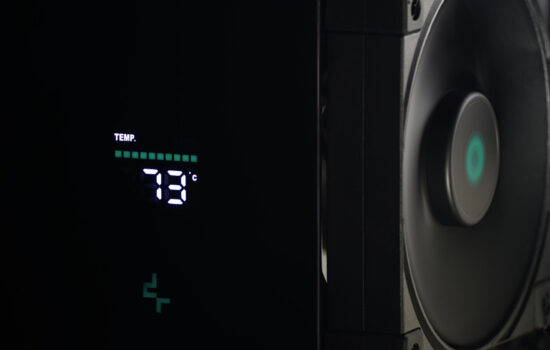
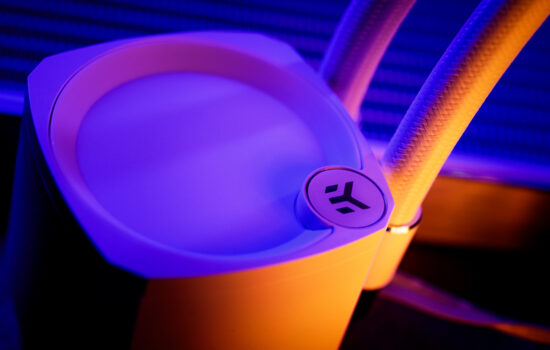
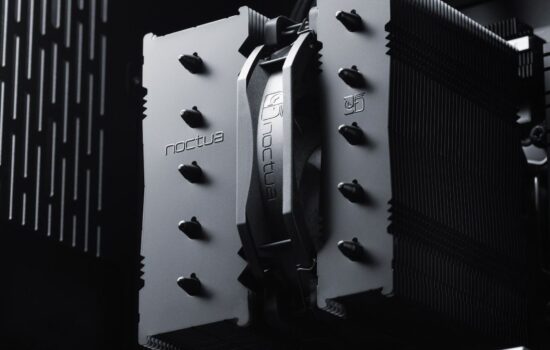



Hi! Your article is very helpful for me. Your guidance for CPU Coolers is very helpful for me. Thank you so much for sharing your knowledge about CPU Coolers Coolers. I learn so much from your website. Excellent post, keep it up.